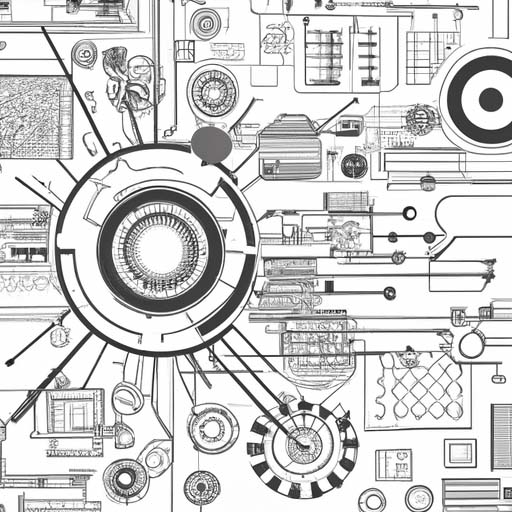In today’s digital age, automation has become a ubiquitous presence in various industries. From self-driving cars to chatbots, technology has found its way into almost every aspect of our lives. Education is no exception, with automated teaching tools and platforms gaining popularity.
However, the question remains: can automation truly replace human teachers? In this article, we will delve into the benefits and limitations of automated teaching, exploring the balance between technology and human expertise.
The Rise of Automated Teaching
In recent years, automated teaching tools have emerged as a viable alternative to traditional classroom instruction. These platforms leverage artificial intelligence (AI) and machine learning algorithms to provide personalized learning experiences. By analyzing vast amounts of data, automated teaching systems can customize lesson plans, track progress, and provide real-time feedback to students. This level of individualization can be highly beneficial, as it caters to diverse learning styles and paces.
Furthermore, the scalability of automated teaching is unparalleled. With the click of a button, educational content can be distributed to thousands of students simultaneously, breaking down geographical barriers and reaching learners from all walks of life. This accessibility allows for a democratization of education, granting opportunities to those who may not have had access to quality teaching otherwise.
The Benefits of Automated Teaching
One of the primary advantages of automated teaching is its efficiency. Unlike human teachers who have limits to their working hours, automated systems can operate 24/7, enabling students to learn at their own pace and on their own schedule. This flexibility is particularly valuable for non-traditional students, such as working adults and those with familial responsibilities.
Additionally, automated teaching tools can provide instant feedback, allowing students to identify and rectify their mistakes promptly. This immediate feedback loop fosters a sense of autonomy and self-directed learning, encouraging students to take ownership of their educational journey.
Moreover, automated systems have the ability to adapt to the needs of individual learners. By analyzing data on students’ performance and preferences, these tools can curate tailored learning content, reducing the risk of students falling behind or feeling overwhelmed. This personalized approach enhances the effectiveness of teaching, as it facilitates a deeper understanding of concepts and promotes engagement.
The Limitations of Automated Teaching
While automated teaching tools offer numerous benefits, they also have their limitations. One of the most significant challenges is the absence of human interaction. Traditional classrooms foster social skills, collaboration, and critical thinking through face-to-face interaction and discussions. The absence of a human teacher in automated teaching environments may hinder the development of these crucial skills, which are essential in real-world scenarios.
Furthermore, automated teaching systems can lack the emotional intelligence that human teachers possess. Educators have the ability to understand students’ emotions, provide encouragement, and adapt their teaching style accordingly. This personalized touch is often missed in automated systems, potentially leading to a less engaging and motivating learning experience.
Additionally, the adaptability of automated teaching tools is limited when faced with unexpected scenarios or complex questions that fall outside their programmed parameters. Human teachers, on the other hand, can leverage their experience and critical thinking skills to navigate such challenges and provide comprehensive explanations.
Finding the Balance
In the debate between automation and human teachers, it is crucial to recognize the value of both. While automated teaching tools excel in scalability, personalization, and efficiency, human teachers bring the irreplaceable qualities of emotional intelligence, adaptability, and social interaction. Rather than pitting these two approaches against each other, the key lies in finding a balance that integrates the strengths of both.
By leveraging automated teaching tools as supplements to human instruction, we can create hybrid models that enhance the educational experience. For example, AI algorithms can be used to analyze student data and provide insights to human teachers, enabling them to better understand their students’ needs and design more effective lesson plans.
Ultimately, the future of education lies in utilizing automation to augment human teaching, rather than replacing it entirely. It is through this collaboration that we can unlock the true potential of technology in education, while still maintaining the invaluable connection between teachers and learners.
